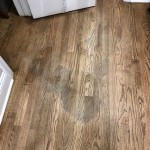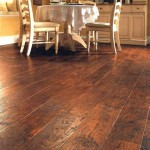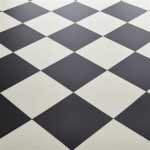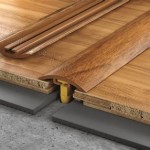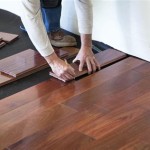Vinyl flooring is a popular choice for many homeowners, as it is durable, easy to install, and comes in a variety of styles and colors. But before installing vinyl flooring, you should know what to put under it to ensure the best results. This article will explain what to put under vinyl flooring, and how to choose the best materials.
Underlayment
The first thing to consider when installing vinyl flooring is the underlayment. Underlayment is a thin layer of material placed between the subfloor and the vinyl flooring. It is designed to provide stability, cushioning, and noise reduction, and it is essential for proper installation and long-term performance. Common types of underlayment include foam, felt, cork, and rubber. Each type has its own advantages and disadvantages, so it is important to choose the one that is best suited for your needs.
Moisture Barrier
Another important factor to consider when installing vinyl flooring is a moisture barrier. Moisture can cause mold and mildew to grow, and it can also cause the vinyl to warp and buckle. To prevent this, a moisture barrier should be installed between the subfloor and the vinyl flooring. Common materials for moisture barriers include plastic sheeting, asphalt-saturated felt paper, and specialty membranes. It is important to choose the right type of moisture barrier for your needs and to make sure it is properly installed.
Subfloor Preparation
Before installing vinyl flooring, the subfloor should be properly prepared. This includes cleaning the surface to remove dirt, dust, and debris. The subfloor should also be leveled and any cracks and holes should be filled in. If the subfloor is not properly prepared, the vinyl flooring may not adhere properly and may not last as long.
Adhesive
Adhesive is another important consideration when installing vinyl flooring. The right type of adhesive should be used to ensure the vinyl flooring adheres properly and lasts for a long time. Adhesives come in liquid form and in pre-cut strips. Liquid adhesives are applied with a trowel, while pre-cut strips are placed along the edges of the flooring and then pressed down to secure them.
Transition Strips
Transition strips are an important part of any vinyl flooring installation. They are used to bridge the gap between two different types of flooring, such as carpet and vinyl. Transition strips come in a variety of colors and materials, such as wood, metal, and rubber. It is important to choose the right transition strip to ensure a seamless transition between the two types of flooring.
Conclusion
Installing vinyl flooring is a great way to update the look of any room in your home. But before beginning the installation process, it is important to know what to put under vinyl flooring. The right materials, such as underlayment, a moisture barrier, adhesive, and transition strips, should be chosen to ensure the best results and a long-lasting floor.
![10 Best underlayment for vinyl flooring [Must Read Extensive Guide]](https://i2.wp.com/tilen.space/wp-content/uploads/2020/07/ht_install-vinyl-plank-flooring-2ndrow-doorjamb.jpeg)






/new-floor-installation-185270632-582b722c3df78c6f6af0a8ab.jpg)






Related Posts

